It’s Foodie Friday and unlike last week, I’ve eased back into routine ready to tackle deadlines and a long ‘To Do’ list. Although the memory is far from my taste buds, through…


It’s Foodie Friday and unlike last week, I’ve eased back into routine ready to tackle deadlines and a long ‘To Do’ list. Although the memory is far from my taste buds, through…
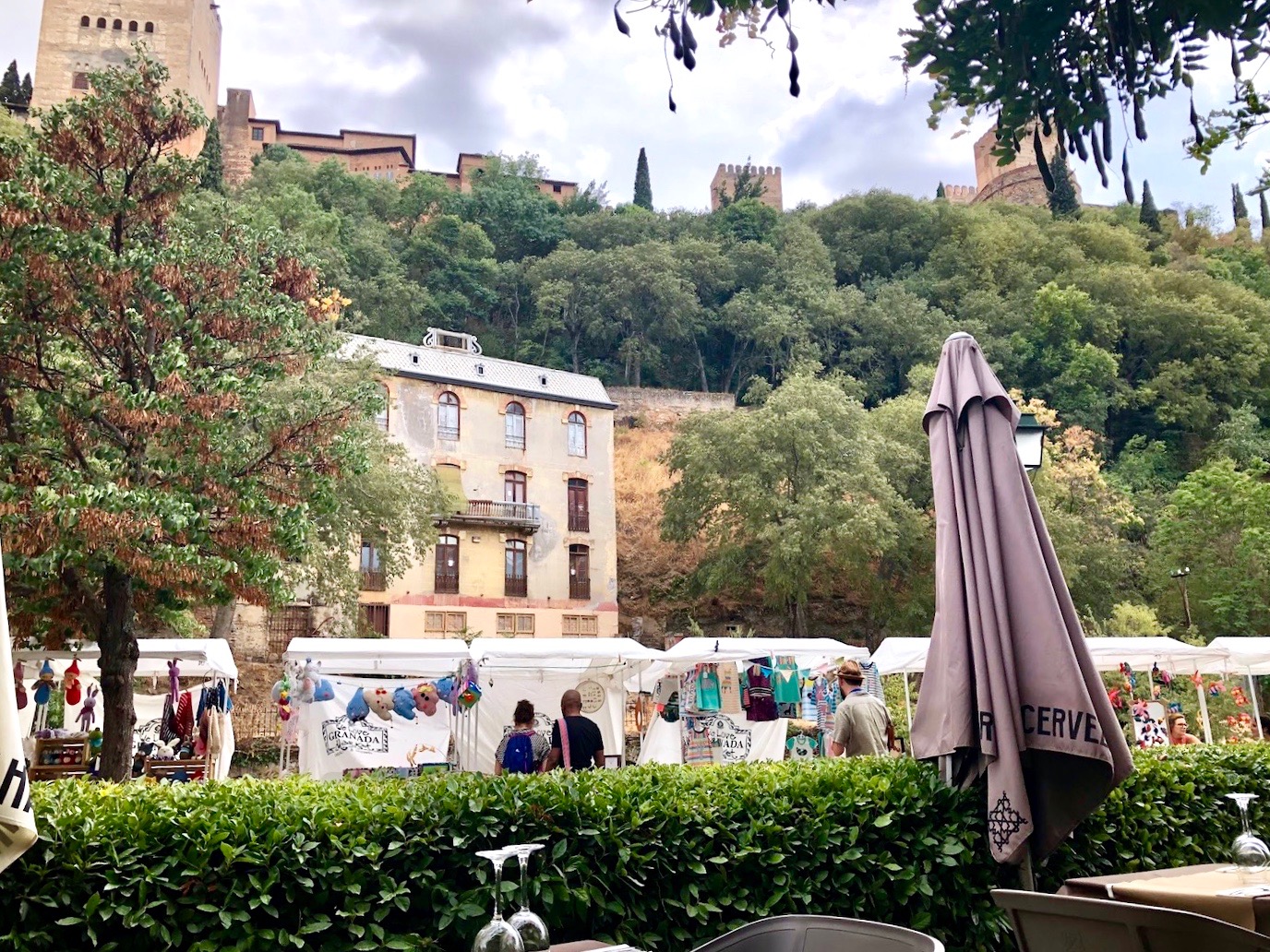
I’m back from Spain and what better way to celebrate Wine Wednesday than with an authentic Spanish food and wine pairing? Unlike Madrid, it was a challenge to find a good selection…
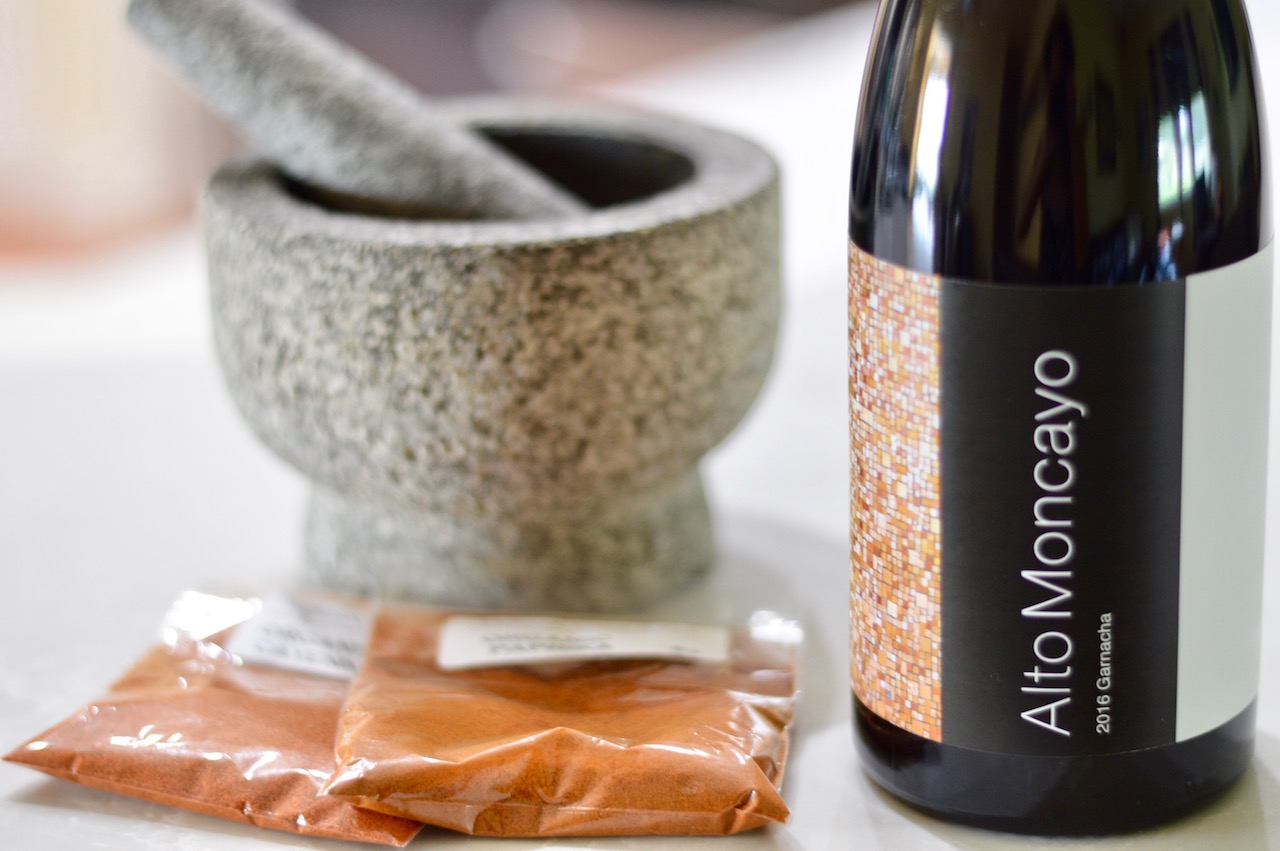
Once again, I’m taking #MyArtEscape overseas! What better way to prepare for a trip to Spain than to dive into the pot and uncork some knowledge? Ole! I’m not sure which came…
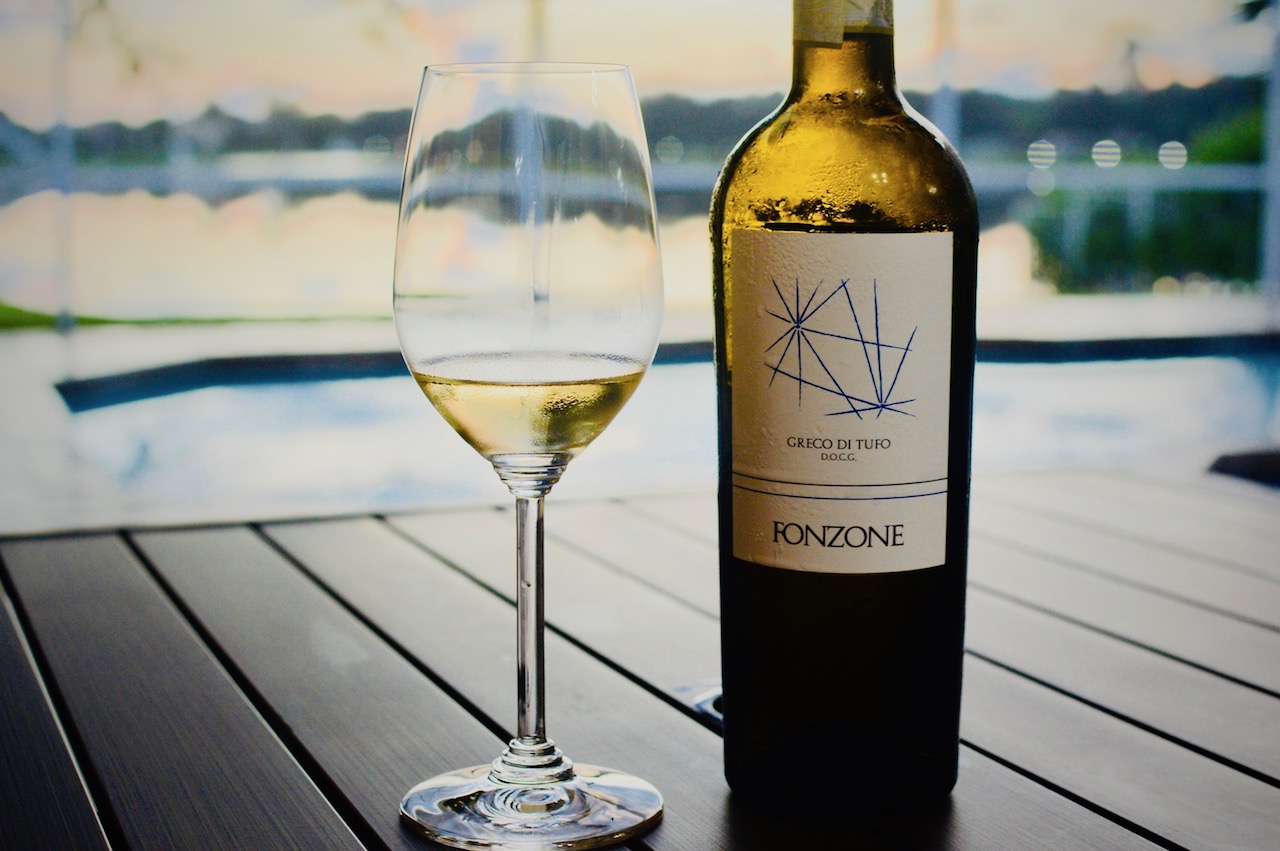
Just when I thought I knew something about grapes, I realized that I was wrong. I’ll be forever a wine newbie, but I’m happy about that. Today, I’ll tell you why. I’m…
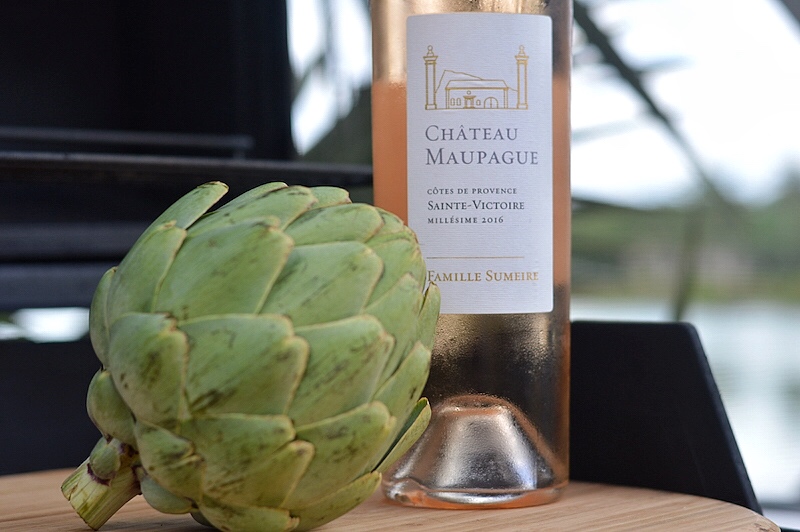
Hashtag ‘Rosé All Day’ #RoseAllDay! Yes, I’m one of those gals who can’t wait to see the shelves stocked up with slim, frosty bottles with triangular punts (that’s the technical name for…
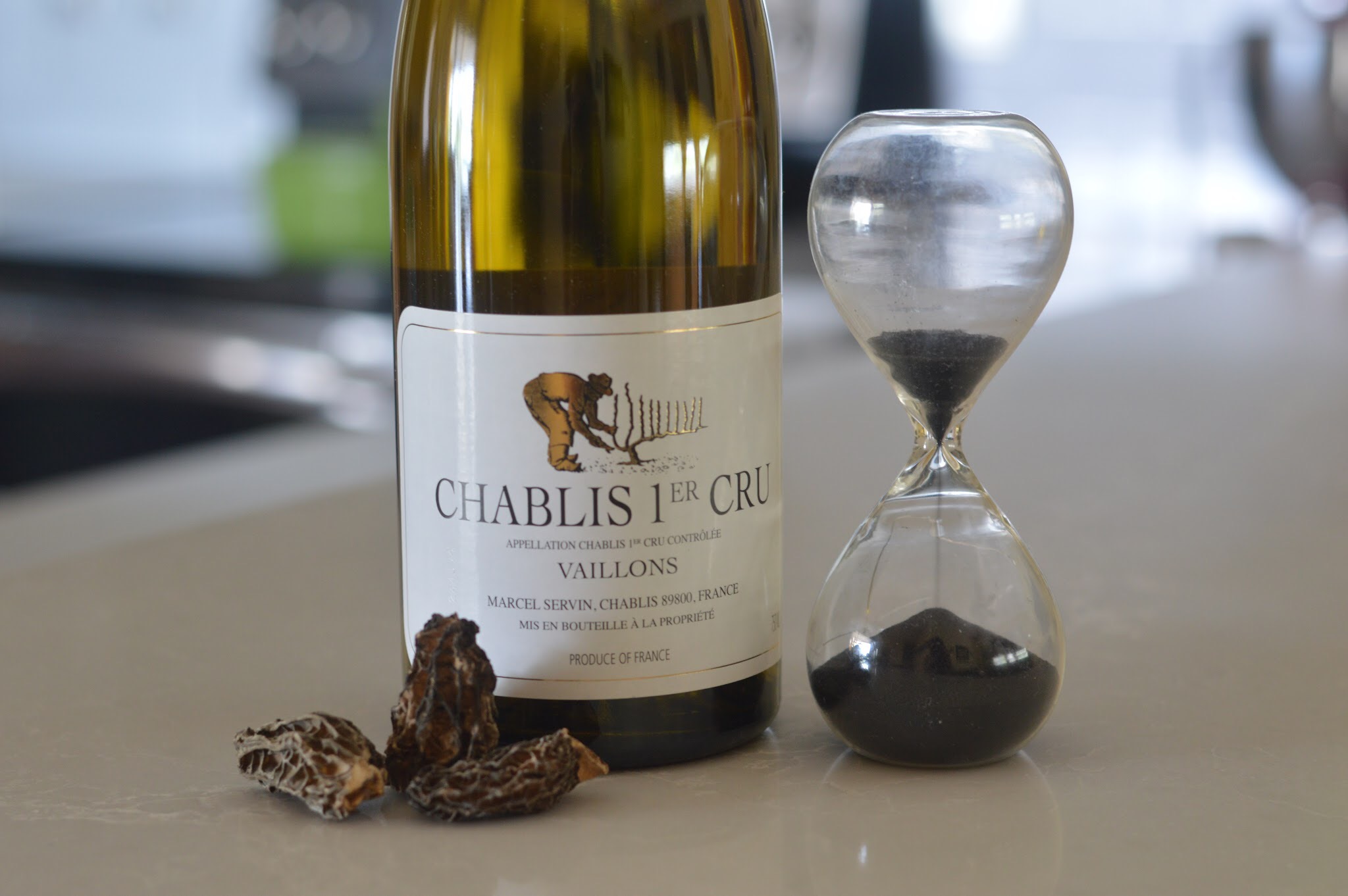
My life as PR and Marketer is one never-ending deadline. I can’t go 12 hours without checking emails unless I want to spend a whole day responding to a pile of unanswered…

On Thursday, March 8th, Wynwood Oven and Angels’ Share Wines South hosted a private lunch with Robert “Bob” Foley of Robert Foley Vineyards, who made an exclusive appearance in South Florida. The…